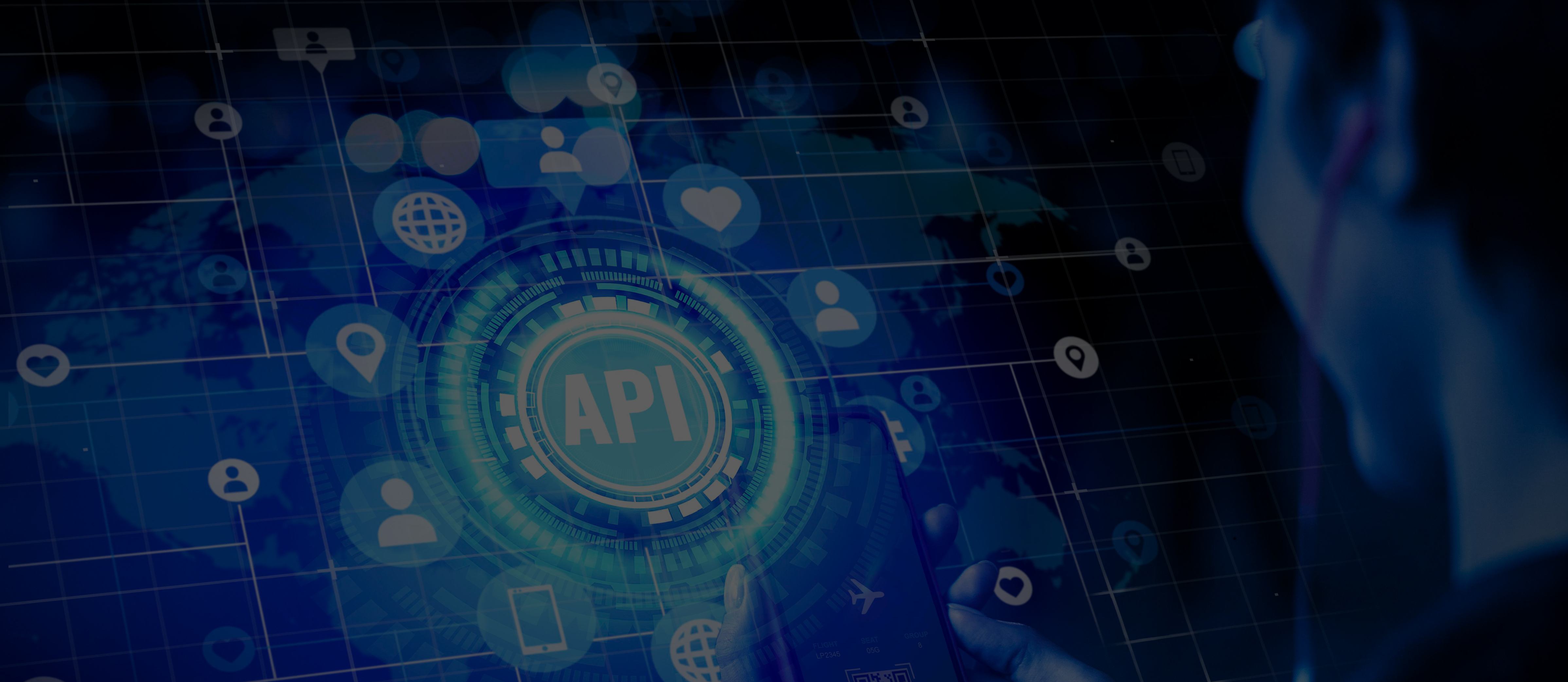Platforms
Solutions
Products
Services
Resources
Company
About Us
Clientele
Events
Careers
Media Kit
Contact Us
SELECT LANGUAGE
Contact Us
Platforms
Solutions
Products
Services
Resources
Company
About Us
Clientele
Events
Careers
Media Kit
Contact Us
SELECT LANGUAGE
Contact Us
 Resource
Resource/ Blogs

For instance, John Deere monetises telemetry data from 1.5 million connected machines through enterprise APIs. Dealers pay £40-160/month per machine for predictive maintenance alerts (reducing downtime by 40%), whilst precision agriculture companies pay £400-1,600/farm annually for yield optimisation data.
Revenue: £240M annually.
For instance, Verizon exposes anonymised location data through secure APIs. Retailers pay £8,000-40,000/month for foot traffic analytics, app developers pay £0.01-0.08 per API call for network quality data, and municipalities pay £80,000+ annually for emergency services integration.
Revenue: £1.5B annually.
For instance, Schneider Electric monetises energy monitoring data through APIs. Manufacturing plants pay £4,000-20,000/month for consumption insights (reducing energy costs by 10-30%), utilities pay £400,000-1.6M annually for grid stability data, and ESG providers pay £800-4,000/month per facility for carbon tracking.
Revenue: £2.6B annually.
For instance, banks use CIBIL's credit score APIs to tailor loan offers and automate credit decisions dynamically. CIBIL monetises through pay-per-access pricing, charging partners each time a credit profile is retrieved, creating a high-value recurring revenue stream from credit intelligence.
These examples demonstrate the tangible value of API monetisation across diverse industries, setting the stage for understanding how enterprise integration platforms enable such success.
To fully capitalise on the API economy, businesses require a robust API management and integration platform and the necessary infrastructure. Enterprise iPaaS plays a crucial role in this process.
iPaaS platforms like Csmart iPaaS provide a centralised and scalable environment for connecting disparate systems, applications, and data sources. They streamline the process of building, deploying, and managing APIs, enabling businesses to:
Flexible Monetisation Models: Modern iPaaS solutions include built-in API monetisation features such as usage tracking, rate limiting, and billing integration. These capabilities enable businesses to implement various API pricing strategies, including consumption-based models (pay-per-call), subscription tiers, freemium offerings, and even dynamic pricing based on data value. The platform's analytics tools help optimise pricing by providing insights into API usage patterns and customer value.
Across all successful API monetisation examples, several critical factors emerge:
The API economy is transforming industries, enabling businesses to monetise digital assets, drive innovation, and unlock new revenue streams. To fully harness the potential of the API economy, organisations need a seamless, scalable, and secure integration framework. With the right API platform, like Csmart iPaaS, organisations can accelerate innovation, optimise operations, and unlock new revenue streams.
To discover how Csmart iPaaS can help you streamline integrations, optimise API management, and drive digital transformation, email us at reachus@covalensedigital.com or fill out a quick contact form here.